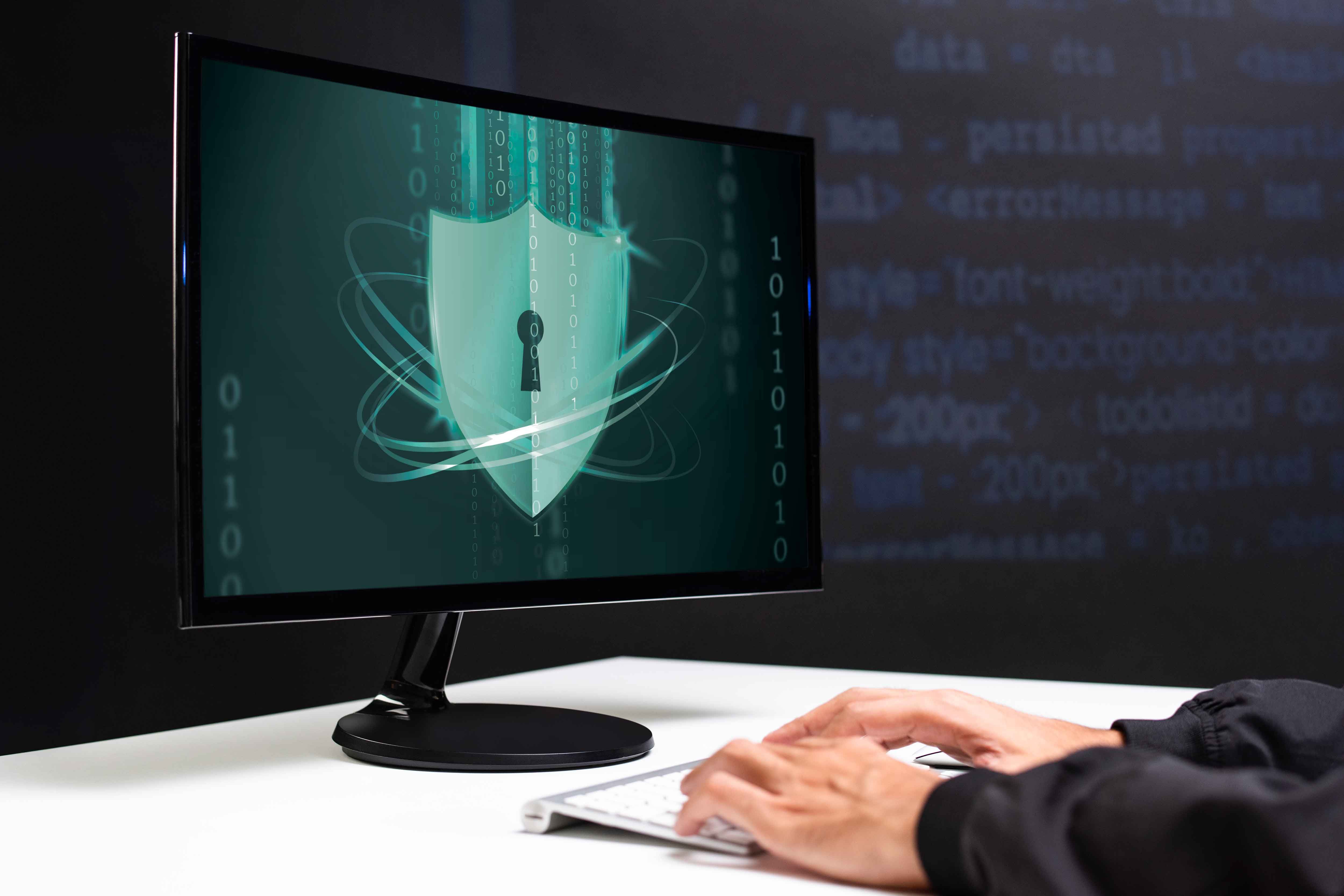
According to Frobes:
2020 exposed the cybersecurity industry’s fundamental data problem. For years, cybersecurity was thought of as a problem only for the technology sector. However, as industries spanning education to government accelerated digital transformation with a focus on remote workforces, the data these organizations generated increased — and thus, so did the opportunity for cyberattacks.
In the last few weeks, we saw hackers target everything from a computer system at a Tampa, Florida, water facility and an entire county’s public school system in Baltimore, Maryland, to a medical center in Burlington, Vermont.
While there are certainly many lessons we can learn from these recent examples, one thing is clear: the way we think about cybersecurity must change.
Prioritizing The Security Of Our Supply Chains
When adding a new piece of software to an organization's network, very often we overlook the risk and security maturity that software carries. This may not seem like a huge oversight, but keep in mind most software vendors still view security as a liability, and they will do the bare minimum to be secure. In today’s cybersecurity landscape, are you comfortable only having the bare minimum protection? We didn’t think so.
To keep your organization secure, it’s imperative to take the security of your supply chain into your own hands. Ask yourself the following: Do you know every Chrome extension your employees download on their laptops that could possibly be opening your network up to unwanted exposure? To keep your supply chains secure, it’s important to embrace a “zero trust” security philosophy in which device, cloud and identity layers are closely controlled. Ensuring devices are protected with predictive and AI-powered technologies, coupled with a powerful visibility layer, is the bedrock of securing an organization's data.
Shifting Our Perception Of Ransomware From “If” To “When”
In 2020, a company was hit with a ransomware attack every 11 seconds. And the costs from these attacks are expected to reach around $20 billion by 2021.
We need to shift our mentality from what we should do if ransomware infiltrates our networks to what we should do when ransomware infiltrates our networks. To catch ransomware early on, it’s imperative to understand everything that is on your network. While that might seem daunting, AI-powered technology can help organizations fingerprint and profile devices across the network to not only enable complete visibility, but they can also help identify weak links and minimize risk over time. By understanding what’s on your network, your security team will be better equipped to identify malware and ransomware binaries before they have the opportunity to wreak havoc and stop the attack before it ever occurs.
Going Beyond Legacy Technologies
Legacy antivirus solutions simply haven’t kept up with the rapidly changing cybersecurity landscape. Most legacy solutions only rely on scanning files to detect known attacks, which makes them extremely vulnerable to new attack techniques. While standard vendors only look for the known — a known hash, IP address, vulnerability or behavior — next-generation technologies go a step above, providing organizations complete visibility into all activity across the network.
Once upon a time, signature detections might have been “good enough,” but today, any solution that doesn’t encompass behavioral AI and machine learning will be easily outwitted by attackers in seconds. With ransomware, phishing and malware all on the rise, the modern enterprise needs a modern solution.
2020’s cyberattacks taught us that hackers' techniques are advancing at an alarming rate. Security can no longer be viewed as a liability, but instead must be viewed as essential infrastructure. We must embrace technology to bolster our security efforts, which isn't nearly as daunting as it sounds. To begin, it can be helpful to catalog the capabilities your organization needs new technology to address — those that were overlooked by the old. From there, it can be as simple as mapping those capabilities to current processes, procedures or workbooks that need to be updated and selecting the new technology that maps to the capabilities you’ve listed.
We must do better and prioritize security together. Adapting our views on enterprise security will enable us to take on cybercriminals head-on and, hopefully, be in the position to beat them at their own game — especially on the day your organization is under attack.
--
At LFS, we provide tailor-made logistics solutions to manufacturers, distributors, importers, and exporters across the United States, Canada, and Mexico. We are a 3PL company lead by a team of experts who will help you evolve your logistics through advanced technological platforms, providing you great efficiency, cost savings, and delivery speed in every shipment.
LFS keeps you updated with the latest news, if you need additional information about our freight shipping solutions, contact us or follow us on Linkedin, Facebook, and Twitter.
For cargo insurance experts, please contact Skholl, our partner to avoid any freight damage.
By: Forbes
June 25, 2021